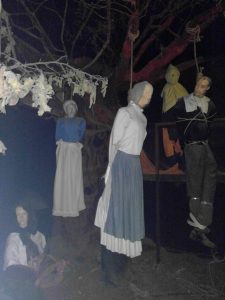
The diary of the United States of America is flushed with somber tales of human suffering which fuse the mosaic of our democracy.
From February 1692 to May 1693, more than 200 people were accused of witch craft in and around the village of Salem in colonial Massachusetts. Provided no legal counsel, the accused “witches” were easy prey; resulting in 30 convictions, 19 executions by hanging, 1 tortured to death by peine forte et dure (crushed to death beneath increasing load of stones) and many jailed at the prison which is now known as the Witch Gaol.
The Salem Witch Trials cultured today’s judicial system on the importance of due process. Set amidst a society under the influence of Puritan ideals (purity of worship and personal piety), outsiders and outcasts became targets for satanic accusations; with bias for unmarried and childless women who were viewed as not conforming to the Puritan norms.
The Salem witch hunt started when two young girls exhibited strange epileptic behaviors with uncontrollable screaming, grunting strange sounds and contortion of the body that would then suddenly go limp. The girls gained the attention of the community; motivating other girls to similarly display what became a mass hysteria of illness. No cause for the affliction was found and three destitute women, accused of witch craft by the sick girls, became scapegoats.
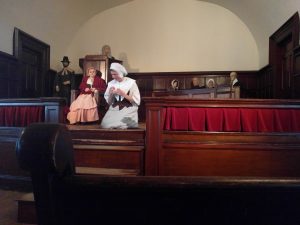
The accused on trial were presumed guilty and had to pay for their stay in prison. Although admission of guilt acquired through torture was not admissible unless reiterated in court; those who recanted were tortured again to extract the same confession. Many admitted guilt just to stop persecution and spare their lives.
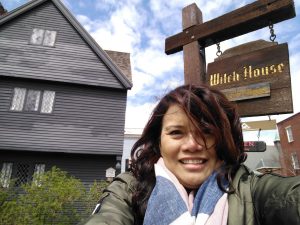
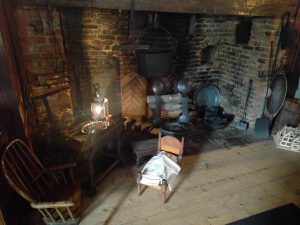
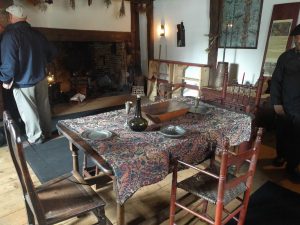
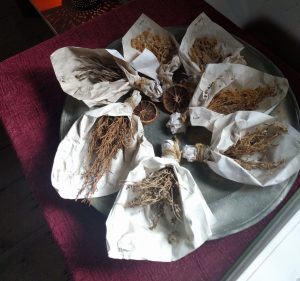
Aside from the use of torture to force a confession, other bizarre methods were used to prove guilt, such as,
– Spectral evidence from a witchcraft victim testifying that the accused was seen in a dream or vision as an evil entity.
– A witch’s mark (a mole or blemish insensitive to touch) on the body of the accused.
– Identification by a confessed witch who, in exchange for mercy, would assist in a witch hunt by snitching on other witches.
– Possession of materials believed used in spells.
Lessons learned from the Salem Witch Trials, which occurred almost a century before the founding of our nation, protect today’s defendants against unjust prosecution. In 1913, Los Angeles County founded the first Public Defender Agency to level the playing field for the plebeian against a funded and legally astute prosecution. Rules on double jeopardy, hearsay testimony and evidentiary presentation protect each and everyone in this country from the fatal outcome of the Salem witch hunt.
Click here for more American stories.